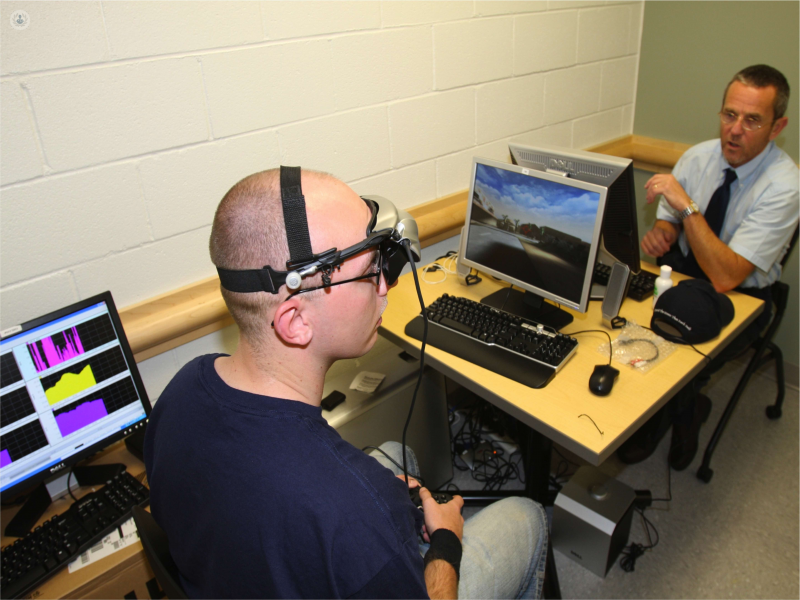Biofeedback
Professor Panayiotis Kyzas - Oral & maxillofacial surgery
Created on: 11-13-2012
Updated on: 06-13-2023
Edited by: Sophie Kennedy
What is biofeedback?
Biofeedback is based on the idea that by becoming more aware of your body and the processes going on within it, you can actually control some of those processes. It involves using instruments that provide information on the various systems in your body, such as EMGs, thermometers and electroencephalographs to teach the patient how to control such things as their brainwaves, heart function, breathing, skin temperature and muscle activity.
While some professionals are still sceptical at its usefulness, it has proved useful in treating certain conditions, such as migraines, headaches, chronic pain, incontinence and high blood pressure. As it is still unclear exactly how it works, it may simply be a placebo effect.

Why would you do it?
Biofeedback may be recommended by a doctor for a number of conditions, most commonly headaches (particularly migraines), chronic pain, high blood pressure, and a lack of control over bladder or bowel functions. While research into the efficacy of biofeedback is ongoing, some studies show it seems to be effective in treating several conditions, including headaches, hypertension, etc. (Yucha, C. B., Montgomery, D. (2008). Evidence-based practice in biofeedback and neurofeedback).
What does biofeedback involve?
The patient is connected to electrical sensors that give him or her information (feedback) about their biological processes (hence “biofeedback”). The information provided by these sensors helps the patient to focus on the subtle changes they can make with their body, such as relaxing certain muscles. By observing the effects, the patient learns to control these subtle movements to achieve the desired result, such as reducing pain, or controlling bladder or bowel movements.
Biofeedback has been described as “training” rather than “treatment” due to the active role of the patient.
Different types of biofeedback
Depending on the health problem and the objective of the treatment, different methods of biofeedback may be used.
- Brain – an electroencephalograph (EEG) reads brainwaves via sensors attached to the scalp.
- Heart – an electrocardiogram (ECG) is connected to the torso via electrodes to monitor the heart beat.
- Blood – a photoplethysmograph measures relative bloodflow.
- Breathing – bands placed around the chest and abdomen measure the respiration rate and pattern.
- Muscles – an electromyography (EMG) detects the electrical activity in the nervous system that causes muscle contraction
- Sweat – An electrodermograph connected to sensors on the hands monitor the sweat glands and perspiration, indicating anxiety.
- Body temperature – different types of thermometers and sensors attached to the extremities measuring blood flow can demonstrate stress-related changes in temperature.
By observing changes in these readings, patients may be able to learn to control their body better, and hopefully their symptoms too.
The doctor’s role
During biofeedback sessions, your doctor may guide you in techniques to help you affect the readings given by the instruments, and therefore control your bodily processes. This could include deep breathing and relaxation techniques.




